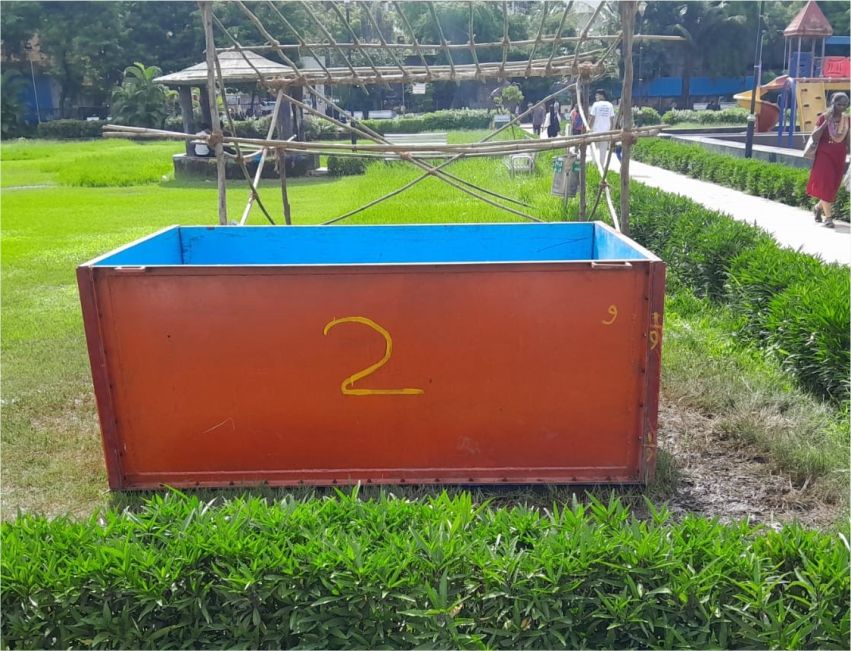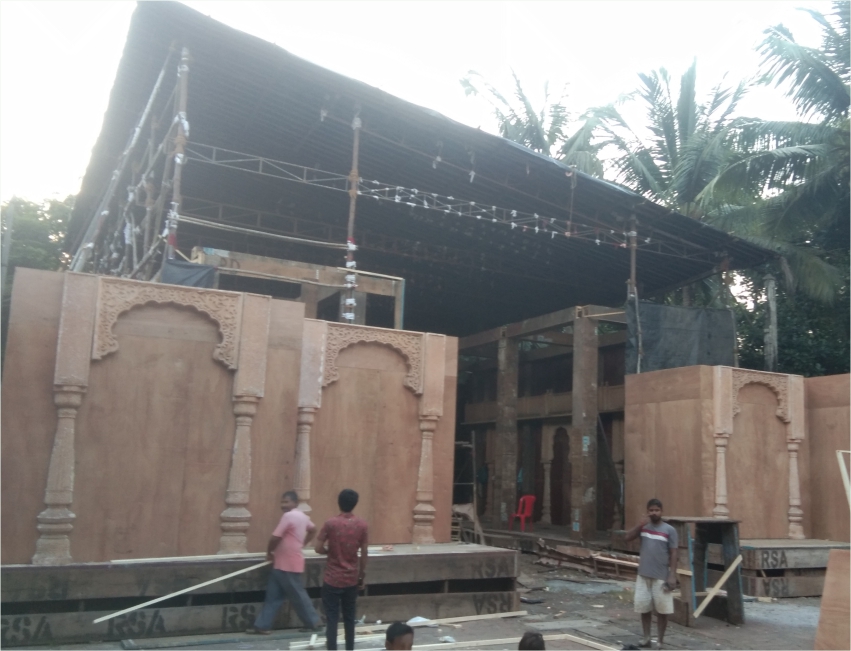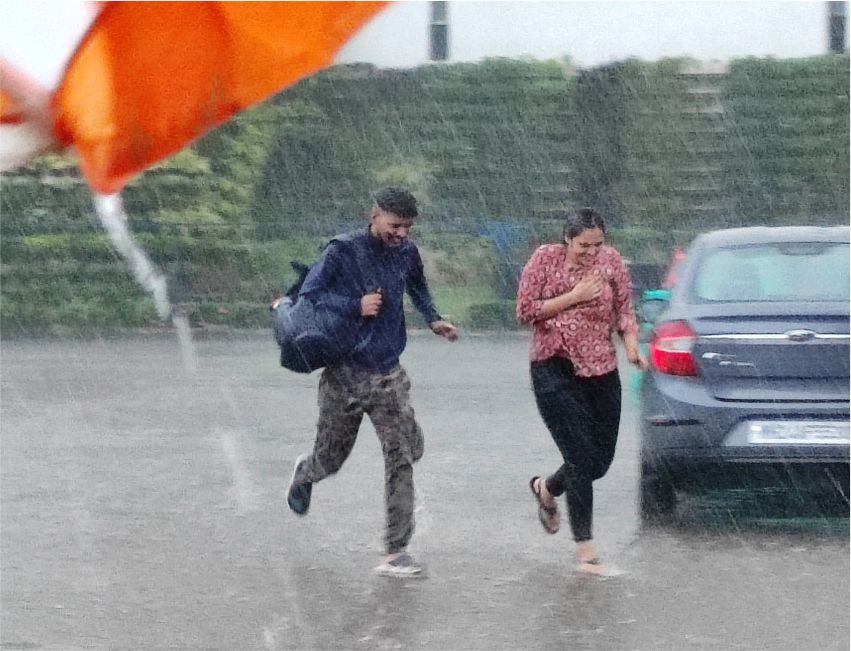Navi Mumbai environmentalists concerned over habitat loss and falling bird population

- Indrani Basu
- 20 Feb, 2025
Birdwatchers and environmentalists in Navi Mumbai were left disheartened after witnessing a significant decline in bird population during the recently held HSBC Wings – Bird of India 2025 event on February 16. The annual Pan-Maharashtra Bird Race and Documentation event saw participation from dedicated birding teams, who reported a steep drop in sightings of both resident and migratory birds due to habitat destruction, debris dumping, and ongoing infrastructure projects.
The two key teams from Navi Mumbai, Team Munias and Team Kharghar Hill, extensively surveyed wetlands, grasslands, and hilly terrains in Kharghar, known for their rich biodiversity. However, their observations painted a grim picture.
Team Munias, led by Jyoti Nadkarni, along with members Dr. Tarin Mithal, Arun Bharat, and Viral Thakkar, covered four key birding sites Sector 35 Hill Trail up to Shiv Mandir and Pond, Ganesh Ghat, Sector 35, Sector 25 Wetland, Sector 16/17 Wetland and Mangroves.
Their survey recorded 77 bird species, but Nadkarni noted that numbers could have been much higher if regular species, including ducks and waders, had been spotted. She cited dumping of debris, ongoing construction for the Kharghar-Pendhar bridge, encroachment of mangroves, and frequent forest fires as primary reasons for the decline.
“We chose the name Team Munia to highlight the plight of scaly-breasted munias, silver bills, red avadavats, and tricolour munias, which depend on the grasslands that are being destroyed in the name of development,” Nadkarni explained.
The second team, Team Kharghar Hill, led by Naresh Chandra Singh with Devashish Pradhan, focused on two critical birding sites Kharghar Driving Range, Green Valley Park.
Singh expressed deep concern over the negative impact of infrastructure projects, such as the new high-tension transmission wires and the Kharghar-Turbhe Link Tunnel Road, on the region’s avian diversity.
“Our team surveyed the hill range in Kharghar, which is famous for its monsoon waterfalls and rich biodiversity. However, due to large-scale construction projects, the bird population has suffered immensely”, he said.
Kharghar is home to eight different types of habitats, supporting a wide range of wildlife, including rare and near-threatened species like the Black-tailed Godwit and Greater Spotted Eagle. It also shelters mammals like Smooth-coated Otters, Golden Jackals, mongooses, and reptiles like monitor lizards.
The Kharghar teams, who have participated in the Bird Race of India for the past four years, attended the evening meet at IIT Bombay for the first time this year. Their participation aimed to raise awareness about the need to protect Kharghar’s fragile and rapidly disappearing ecosystem from uncontrolled urbanization and environmental degradation.




